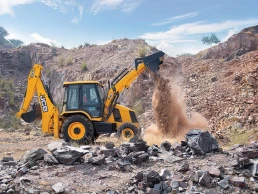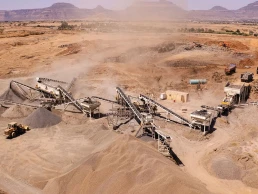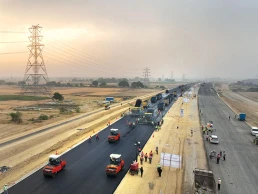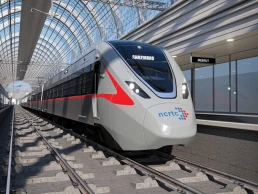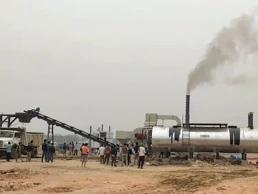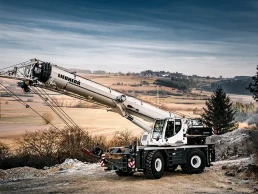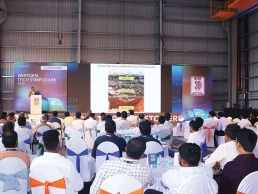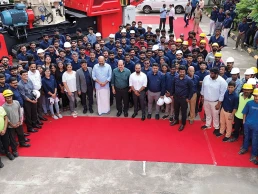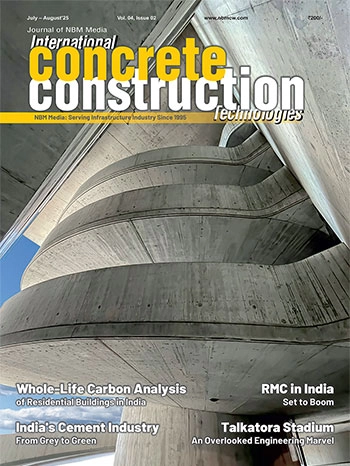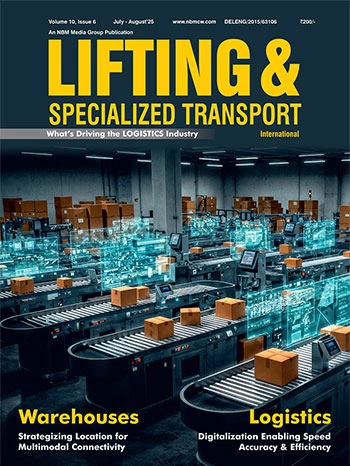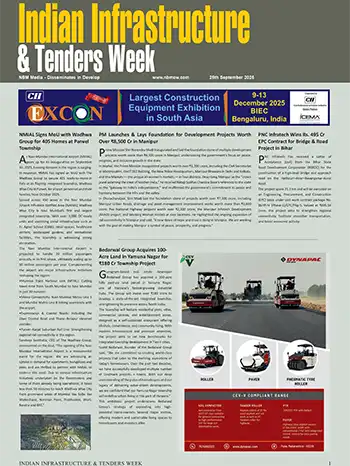Ropeways: A Viable Transport Alternative
India’s ropeway sector is undergoing a significant transformation as the government intensifies efforts to promote alternative, sustainable, and efficient modes of transport. Driven by the challenges of limited rail and road networks in hilly areas, ropeways offer a viable, low-footprint solution for last-mile connectivity. Their advantages include reduced land acquisition, minimal environmental impact, energy efficiency, and year-round all-weather operability. In addition to connecting difficult terrains, ropeways are now being explored in urban settings as an alternative mass transit system.

Traditionally limited to tourist attractions or pilgrimage centers, ropeways are now being repositioned as a mainstream solution for mobility in remote, hilly, and congested urban areas. At the heart of this transformation is the National Ropeways Development Programme - Parvatmala Pariyojana, implemented by the National Highways Logistics Management Ltd. (NHLML). This programme envisions over 250 ropeway projects spanning 1,200 km, supported by a strong Public-Private Partnership (PPP) framework.
As Prime Minister Shri Narendra Modi stated, “For the first time in the country, the 'Parvatmala scheme' is being started for areas such as Himachal Pradesh, Uttarakhand, Jammu-Kashmir and the North-East. This scheme will create a modern system of transportation and connectivity on the mountains. It will also strengthen the border villages of our country, which need to be vibrant, and which is also necessary for the security of the country.”

































